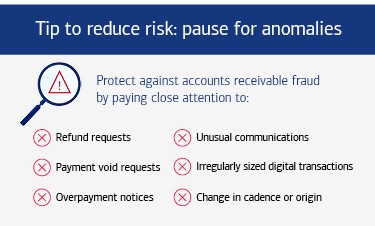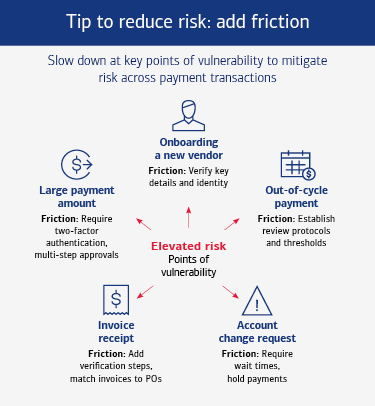The rapid adoption of digital technology for payments, operations and customer engagement has helped restaurants substantially grow their business in just a few years, but it also has provided criminals with troubling new opportunities to steal money and critical data.
Between March 2023 and February 2024, the average cost associated with a data breach in the hospitality industry — which includes hotels, cruise lines and restaurant chains — reached $3.82 million, up from $3.36 million during the same period in 2022–2023.1 Technology allows criminals to have more access points to operations, and restaurants that haven’t upgraded their processes are at increased risk. Plus, there’s the turnover issue, which creates additional vulnerabilities. Restaurants are constantly hiring new employees, who have less familiarity with internal controls and vendor and supplier relationships.





